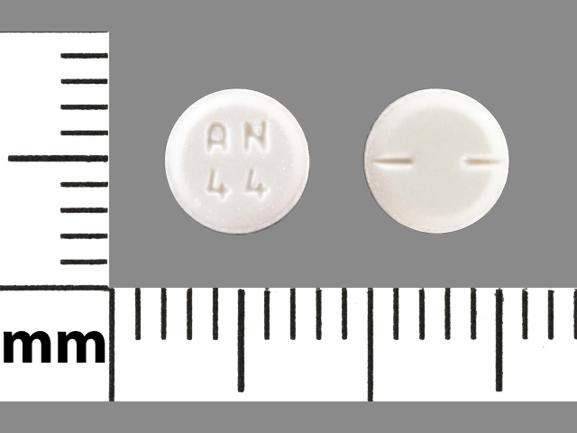Primidone Interactions
There are 689 drugs known to interact with primidone, along with 14 disease interactions, and 1 alcohol/food interaction. Of the total drug interactions, 239 are major, 421 are moderate, and 29 are minor.
- View all 689 medications that may interact with primidone
- View primidone alcohol/food interactions (1)
- View primidone disease interactions (14)
Most frequently checked interactions
View interaction reports for primidone and the medicines listed below.
- Aspir 81 (aspirin)
- Aspirin Low Strength (aspirin)
- Crestor (rosuvastatin)
- Cymbalta (duloxetine)
- Eliquis (apixaban)
- Fish Oil (omega-3 polyunsaturated fatty acids)
- Flonase (fluticasone nasal)
- Lamictal (lamotrigine)
- Lasix (furosemide)
- Lexapro (escitalopram)
- Lipitor (atorvastatin)
- Lyrica (pregabalin)
- Metoprolol Succinate ER (metoprolol)
- Metoprolol Tartrate (metoprolol)
- MiraLAX (polyethylene glycol 3350)
- Nexium (esomeprazole)
- Plavix (clopidogrel)
- Protonix (pantoprazole)
- Seroquel (quetiapine)
- Singulair (montelukast)
- Symbicort (budesonide / formoterol)
- Synthroid (levothyroxine)
- Tylenol (acetaminophen)
- Vitamin B12 (cyanocobalamin)
- Vitamin C (ascorbic acid)
- Vitamin D2 (ergocalciferol)
- Vitamin D3 (cholecalciferol)
- Xanax (alprazolam)
- Zoloft (sertraline)
- Zyrtec (cetirizine)
Primidone alcohol/food interactions
There is 1 alcohol/food interaction with primidone.
Primidone disease interactions
There are 14 disease interactions with primidone which include:
- acute alcohol intoxication
- drug dependence
- porphyria
- rash
- respiratory depression
- phenobarbital metabolite 1
- renal/liver disease
- suicidal tendency
- adrenal insufficiency
- depression
- hematologic toxicity
- osteomalacia
- paradoxical reactions
- phenobarbital metabolite 2
More about primidone
- primidone consumer information
- Compare alternatives
- Pricing & coupons
- Reviews (109)
- Drug images
- Side effects
- Dosage information
- During pregnancy
- Drug class: barbiturate anticonvulsants
- Breastfeeding
- En español
Related treatment guides
Drug Interaction Classification
| Highly clinically significant. Avoid combinations; the risk of the interaction outweighs the benefit. | |
| Moderately clinically significant. Usually avoid combinations; use it only under special circumstances. | |
| Minimally clinically significant. Minimize risk; assess risk and consider an alternative drug, take steps to circumvent the interaction risk and/or institute a monitoring plan. | |
| No interaction information available. |
See also:
Further information
Always consult your healthcare provider to ensure the information displayed on this page applies to your personal circumstances.


